Coming from the English "barrier games", barrier games are essential resources to support children's language skills. They can be used at home as well as at school or in a speech therapy practice. Plus, they make it easy to implement physical distancing during a session!
What is a Barrier Game?
Barrier games are oral communication games, which can be adapted to writing if necessary. Two people sit opposite each other and each of them receives the same objects. A barrier is positioned between them, so they cannot see each other's objects. Depending on the objective of the game, one of the players gives instructions to the other or both players give each other directions, as in the game of Naval Battle for example. In the case of a player who gives instructions to the other so that he reproduces a scene or a drawing, the goal is that once the barrier is removed, the child and the adult have the same result! For this, the child must listen carefully and/or give clear and precise instructions to the adult.
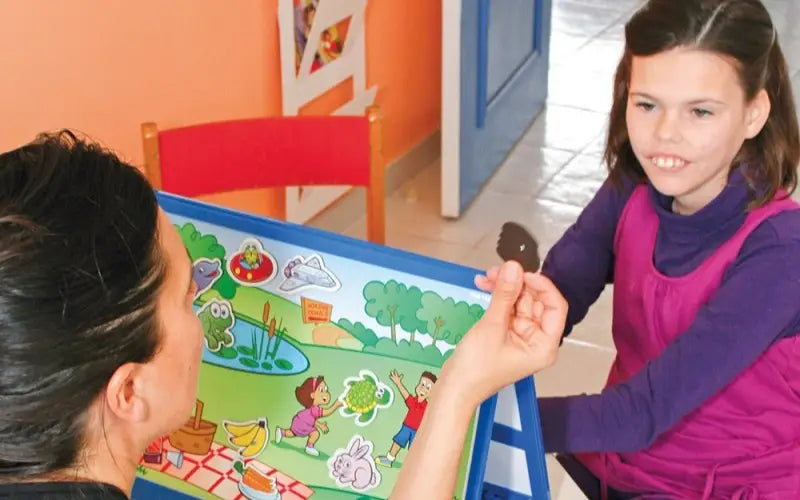
Skills that can be developed through barrier games
Barrier games are great tools for developing many language skills, but not only! Here are some tips and a selection of skills that can be worked on through these games.
auditory memory is the child's ability to remember spoken (rather than written) information. To develop listening and memory skills, you need to start with an instruction that your child can follow easily. If they can follow it easily, you can gradually increase the length of the instructions. It may be helpful for the child to repeat the instructions to support their memory and check if they are listening.
To develop vocabulary in young children, start with games where they know most of the words and add a few each time. For example, you can use figurines of familiar and unknown animals, fruit and vegetable figurines, etc.
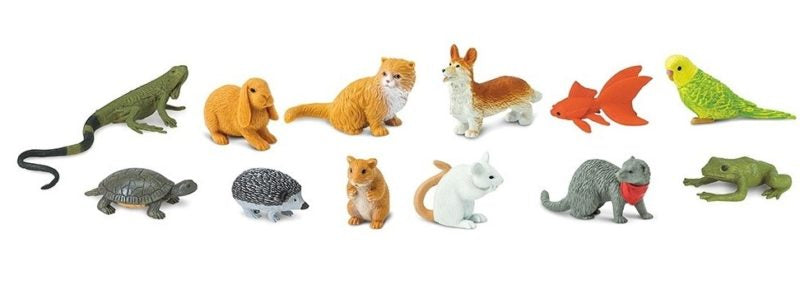
Barrier games are also great for introducing preschoolers to a new vocabulary. If your child is going to study at schoolocean where the insects, why not make a barrier game on these themes? Thus, your child will be able to practice understanding and using this specific vocabulary. Ask your child's teacher for a list of words and use Google Images to find images to use. If your child is more kinesthetic, prefer figurines to pictures so they can manipulate (and later play with) them. Once your child has gotten used to how gate games work and can follow simple instructions with at least three key words and form simple sentences, you can start adding some concepts to your games. These may include, for example, size, shape, position and colors.

A fun game to support the development of a descriptive language is to make a rule that you can't say the names of the pictures. Therefore, to "put the dog on the boat" you might need to say "put the barking brown animal on the blue vehicle going in the water". It's a fun way to build descriptive vocabulary!
Learning or reinforcing specific grammatical concepts or structures, such as the pronouns (him, her, them, etc.) can also be targeted using barrier games.
work on pronunciation of certain sounds is very easy with barrier games! You just have to carefully choose the material used to focus on the sound. For example, the sound barrier game "ch", which could be themed around princes and princesses, with words such as castle, forest, knights, path, etc.
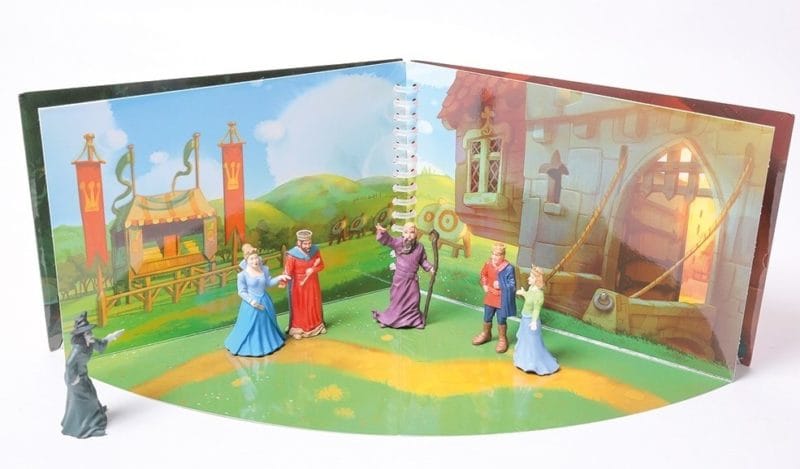
Barrier games are great for kids who mumble or speak too quickly or softly. These games offer listeners the opportunity to provide immediate and honest feedback on communication skills and clarity of the child's speech. For example: “When you talk so fast, I don't know what to do. »
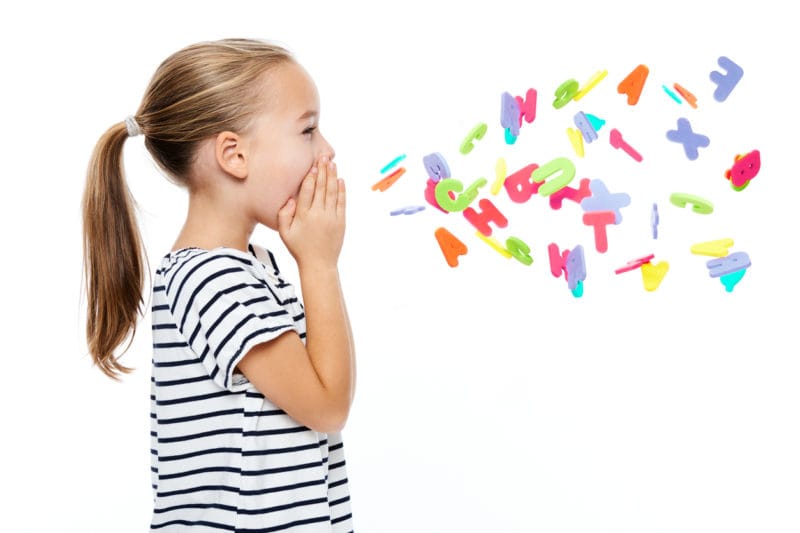
theory of mind is to understand the point of view of others. Developing a theory of mind using barrier games works the same way as developing clear speech. That is, giving your child clear and specific feedback on how you can understand his instructions. Kids with a bad theory of mind will often say things like "put that one over there" because they don't realize you can't see what they can see.
Children who are often resistant to writing tasks may be motivated to write through barrier games. One idea may be to take turns writing instructions and carrying them out.
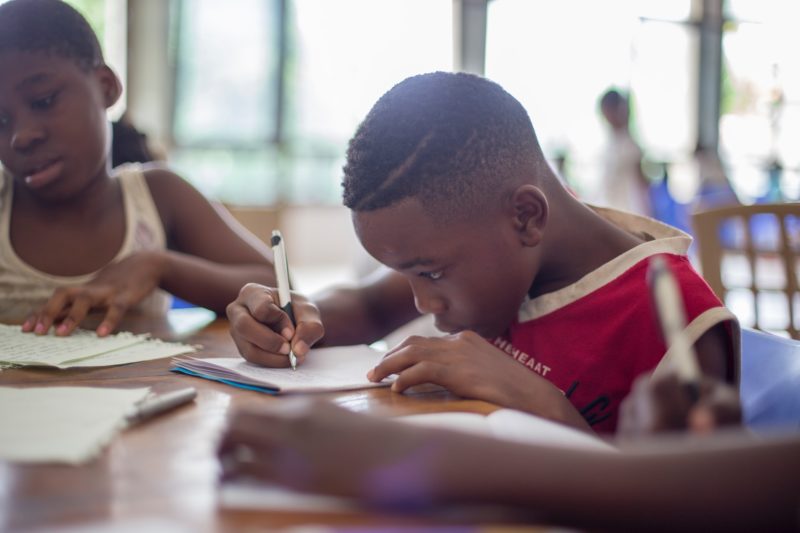
Barrier games can also be effective in small groups and in class. The children sit in a circle. A child sits with his back to the rest of the group and gives instructions. Alternatively, children can take turns giving one instruction each. You can make fence games as a whole class activity using photocopied background boards and instructions that involve drawing, gluing, or coloring on the sheets.
How to create a barrier game?
Take a look at the activity "Barrier games to develop language skills" to easily set up various games!


0 comments